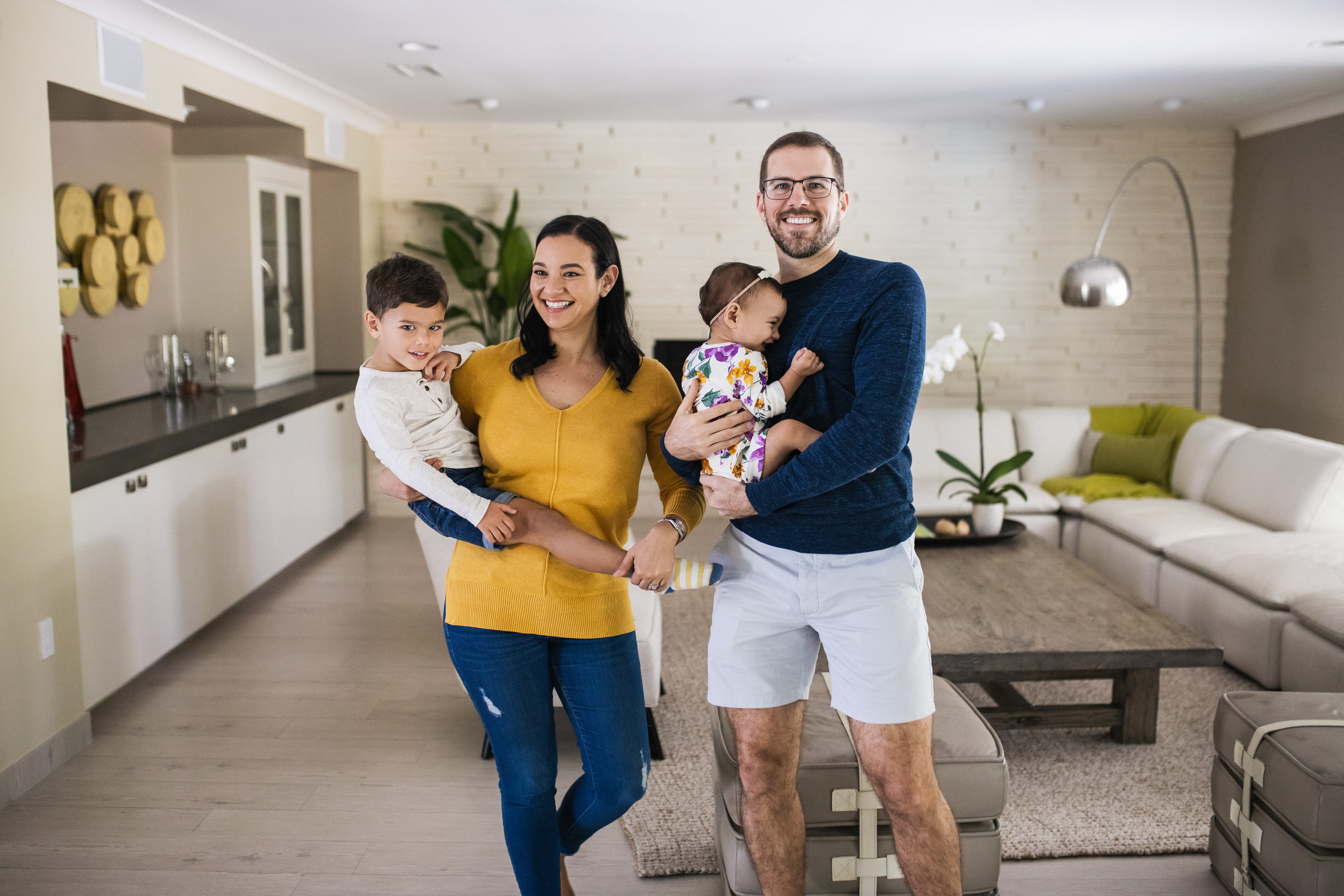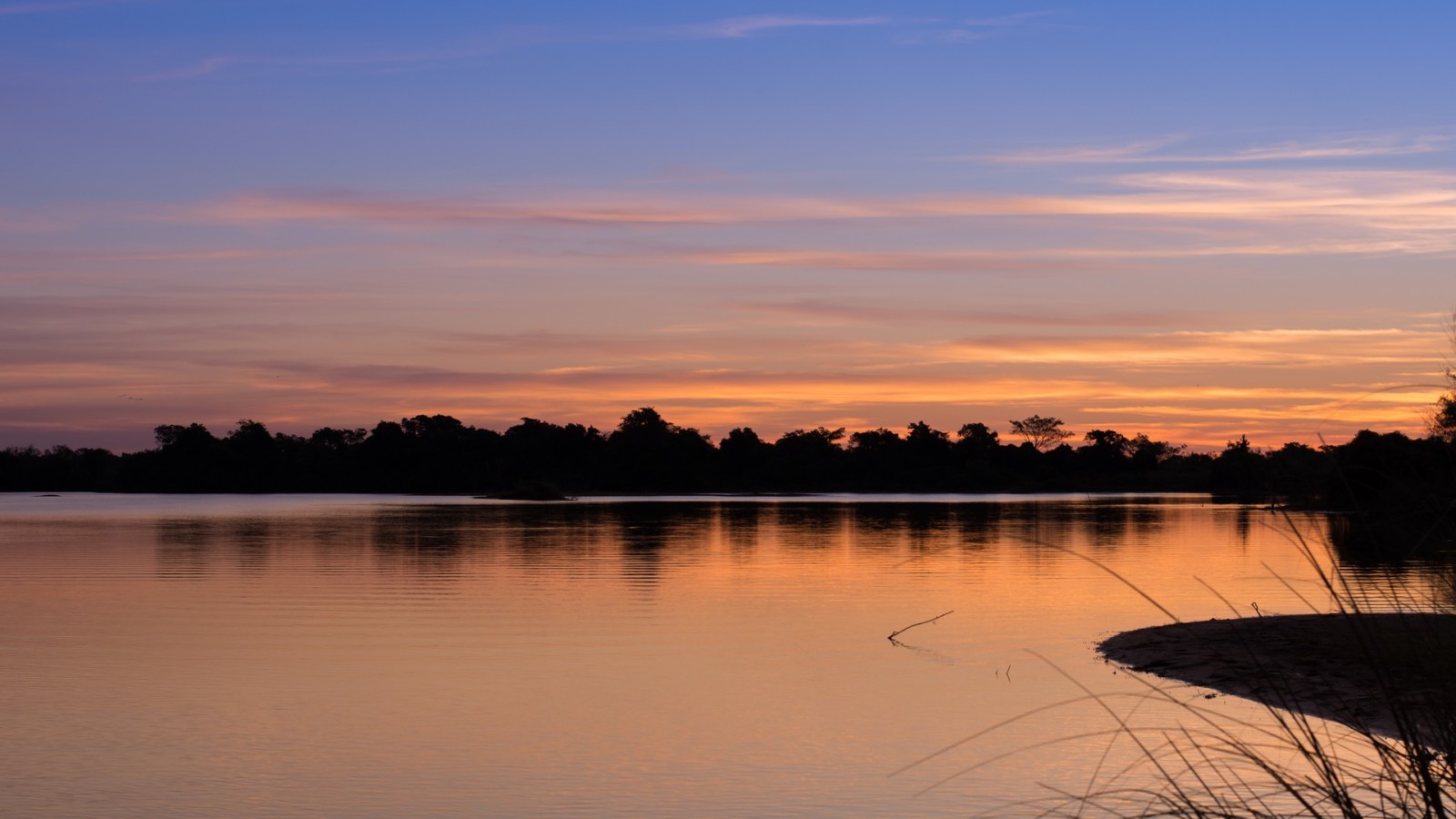Michael Borja lives and works in Miami, Florida and provides orthopedic surgeons with access to some of the most cutting-edge technologies available for total hip and total knee arthroplasty. He is a trusted sales representative with over eight years of experience with full line trauma and joint reconstruction orthopedic implants. He believes deeply in the values of community service and giving back to others.
Michael Borja learned from a young age the benefits of exploring the world around us, meeting new people, and building bridges with people from cultures different from our own. These actions deepen our appreciation for all that we have, enhancing our own lives, and enriching the lives of those around us.

For Michael Borja, one of the most transformative experiences of his life took place after he graduated from high school — long before gap year travel became a trend – when he went to South America on a service trip.
In Michael’s words:
“After I graduated high school I went to Paraguay on a service trip with an organization called Amigos de las Americas. It was focused on bringing basic, helpful technology into small towns in the countryside.”
“I spent the year preparing with local trainers learning about sustainable technologies, reading books about first aid, practicing Spanish to communicate with the community and raising money with car washes and garage sales so we could buy key materials that could be used in our construction projects.”
“I was thrilled to be able to use the skills that I had learned to help the locals build new devices using basic everyday materials. Over the summer our main projects were helping to build stoves and latrines. The stoves were designed for people that would cook indoors on open flames. They would typically inhale smoke when they cooked and the open fire was a safety hazard for children.”
“We brought in chimneys that the villagers could attach to their stoves to funnel the smoke from their houses. The latrines replaced using holes in the ground where flies could propagate and later contaminate food.”
“The rural village I was assigned to was a brickmaking village, so between the designs and key materials we distributed, and the raw materials and construction experience of the local villagers, our project was wildly successful. I spent my days with a partner walking throughout the meandering paths making hand drawn maps to help us find everybody’s houses and having one on one conversations with the community about how these could improve their wellbeing and were worth the time to build. We also had the opportunity to speak with local schools, showing them how to create tooth brushes from sticks and handwashing stations from soda bottles.”
“I was surprised at how friendly the village was to my partner and I considering we were foreigners. They invited us to play in their soccer games and taught us how to pluck chickens. We fell into the daily rhythms of the people who were hosting us and despite living with them for months they always showed incredible hospitality.”
“The whole experience showed me that even at a young age I could contribute to making the world a better place. When a community shares a common goal, they can transform their community quickly. The experience also empowered me at a time when I was studying about the world but not spending enough time living in it. I also found comradery and deep connections with the people of the village who were open and willing to share their ideas and culture with us. It was a powerful experience I will never forget.”
According to recent research, approximately 8,000 U.S. students take a gap year after high school and before college. There are many benefits associated with taking a break after secondary school, before assuming the responsibilities and academic rigors of college. According to the 2020 American Gap Association National Alumni Survey, 98% of respondents said their year had helped them develop as a person, 97% found it increased their self-confidence, and 93% agreed that it had increased their communications skills.
To learn more about gap year travel, visit: https://www.gapyearassociation.org/


